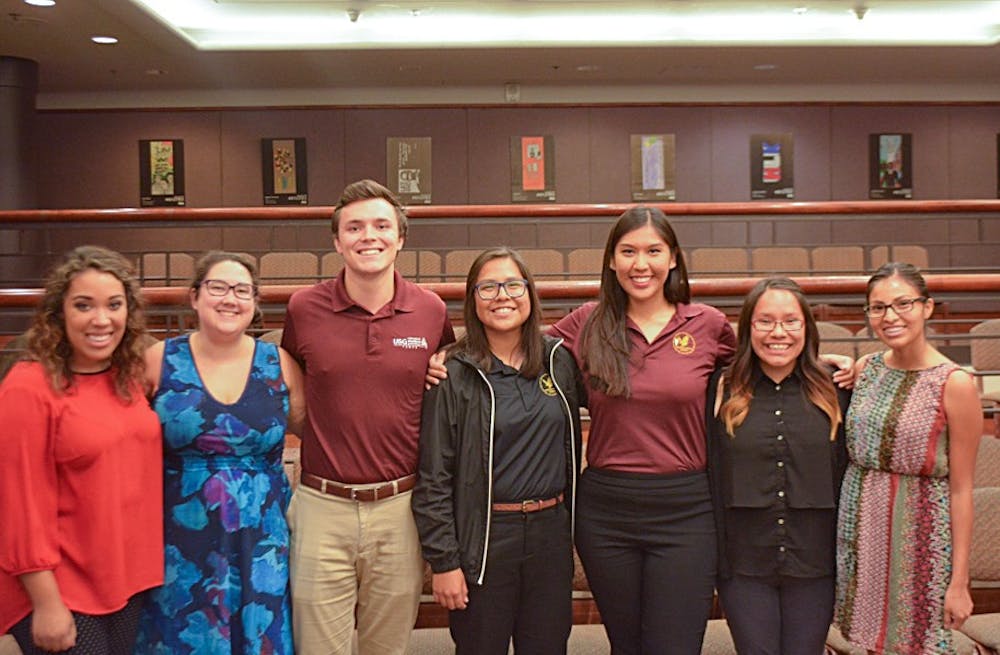Most Sun Devils know that Arizona is home to the saguaro cactus, haboobs and ASU, but many don’t know that the state is also home to 22 distinct tribal nations.
The Tempe campus sits on the ancestral homelands of the Akimel O’odham, aka Pima, and Pee Posh peoples.
ASU’s American Indian Council is made up of 11 organizations dedicated to educating students and community members on the indigenous history, facts and cultural aspects that remain unknown to many.
Megan Tom, facilitator of the American Indian Council and English literature senior, detailed the importance of having a coalition like AIC for students at ASU.
“We have 22 federally recognized tribes within Arizona, and also we 578 federally recognized tribes within the United States so those are 578 philosophies, languages, cultures, traditions and even political entities,” Tom said.
According to recent numbers reported to the Federal Bureau of Indian Affairs there are 566 tribal entities recognized by the federal government. However, Tom said that the number fluctuates frequently.
This year, the AIC members are focused on broadening the scope of their programs and initiatives, helping to empower the Native voice.
A recent success of the organization AIC was the passing of their Indigenous People’s Day initiative in 2012 as part of a Undergraduate Student Government Senate Bill. The bill’s passing successfully removed Columbus Day from the academic calendar and added Indigenous People’s Day in its place.
“Indigenous People’s Day really encompasses all that the indigenous people have to offer in terms of acknowledging them in a way where they’re able to give the interpretation to the greater public rather than having it get lost in history,” Tom said.
Tom also touched on what the significance of Indigenous People’s Day has with more than just Native students at ASU because the American Indian Council focuses on its inclusivity of all kinds of students.
“There really needs to be more education about indigenous people within not only the Americas, but every continent just because they’re found in every single continent," Tom said. "That’s the reason why we call it Indigenous People’s Day rather than Native American Day."
Although it is recognized on the Tempe campus, Indigenous People’s Day is not yet recognized at all four campuses. With the help of Tempe USG, the AIC is working to change that so the state can ultimately observe Indigenous People’s Day as well.
Emerald Byakeddy, AIC outreach coordinator and interdisciplinary sciences senior, highlighted how the all-too-common misconceptions about American Indian people are bred out of a lack of education.
“It's not their fault but at the same time it’s their responsibility to educate themselves," she said. "American education has failed to educate them even on the simplest aspects of that so that’s where a lot of misconceptions come from."
The hope of Thomasina Dinehdea, American Indian Coalition co-facilitator elementary education sophomore, is that AIC has fostered a greater sense of unification amongst Native students as well as among other students.
“One of the most important aspects is when we all gather together and we all support one another,” Dinehdeal said.
Reach the reporter at jdivy1@asu.edu or follow @joydanielleivy on Twitter.




